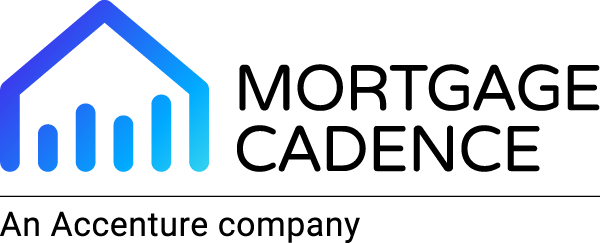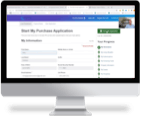Everyone loves to fantasize about their dream home – its size, style and location - but what hardly anyone likes to think about is what it takes to buy that home – or any home, for that matter. Going through the process to secure a mortgage, specifically, can be quite daunting, especially for first-time homebuyers.
The loan origination system (LOS) has long been in place to support lenders and their staff, but thanks to the advances in the industry, we also have point-of sale software (POS), which significantly improves borrowers’ experience of securing a loan. While the LOS and POS may share some similarities, they are two different solutions made for two different groups that ultimately work together to help close loans faster and easier.
There are three key differences between these two in terms of their intended users, function and scope and knowing these will help anyone new to mortgage know how to better interact with each.
Who Do They Serve?
When exploring the differences between an LOS and a POS, it’s important to first note what parties each system serves. Generally speaking, an LOS is mainly used by lenders and mortgage professionals who deal with loan processing, underwriting and closing. On the flip side, POS software is made for borrowers to interact with lenders during the application process. While LOS is designed for lenders and POS is designed for borrowers, each system benefits the other party in its own respective way.
What Do They Do?
A POS is where the process starts. It is the system software that interfaces with clients throughout the origination process. This means that any terms like “borrower portal,” “mortgage portal” or “client portal” refer to the front-end system homebuyers interact with. From document collection, application submission, and borrower engagement, this system’s functionality aids the borrowers throughout the mortgage process. Rather than submitting hard copies of documents the lender needs, borrowers can use the POS to submit digital copies at any time, from anywhere. The POS also allows for important communication between the lender and borrower and allows the lender to more easily share important documents with the borrower, too. The POS can also benefit loan originators as it often cuts several days off the loan cycle and can streamline production for staff working behind the scenes.
Looking at the function of an LOS, it’s safe to consider this platform as the backend fulfillment center. This is the system that facilitates mortgage transactions once loan applications are completed through the POS. This is where lenders process the application, verify borrower information, underwrite and approve loans. An LOS can also includes features like compliance tools that help decrease risk and increase loan manufacturing quality.
When Are They Used?
Finally, considering the scope of both an LOS and a POS, there is a significant difference in when each platform is used throughout the lending process. An LOS is involved in the transaction from start to finish. As previously mentioned, this end-to-end system handles the application intake, underwriting, documentation, and closing. On the other hand, the POS is primarily used during the early stages of the process when the facilitation of borrower engagement and application submission takes place.
While LOS and POS certainly go hand-in-hand, these key differences are important to take note of as the differences in who uses them, how they use it, and when they use it are critical. Regardless, however, thanks to the coupling of these two systems, the process of securing a mortgage is a little more simplified and a lot more streamlined, making it easier for us to secure that dream home.



